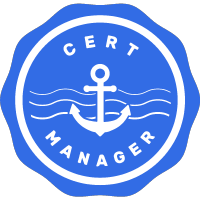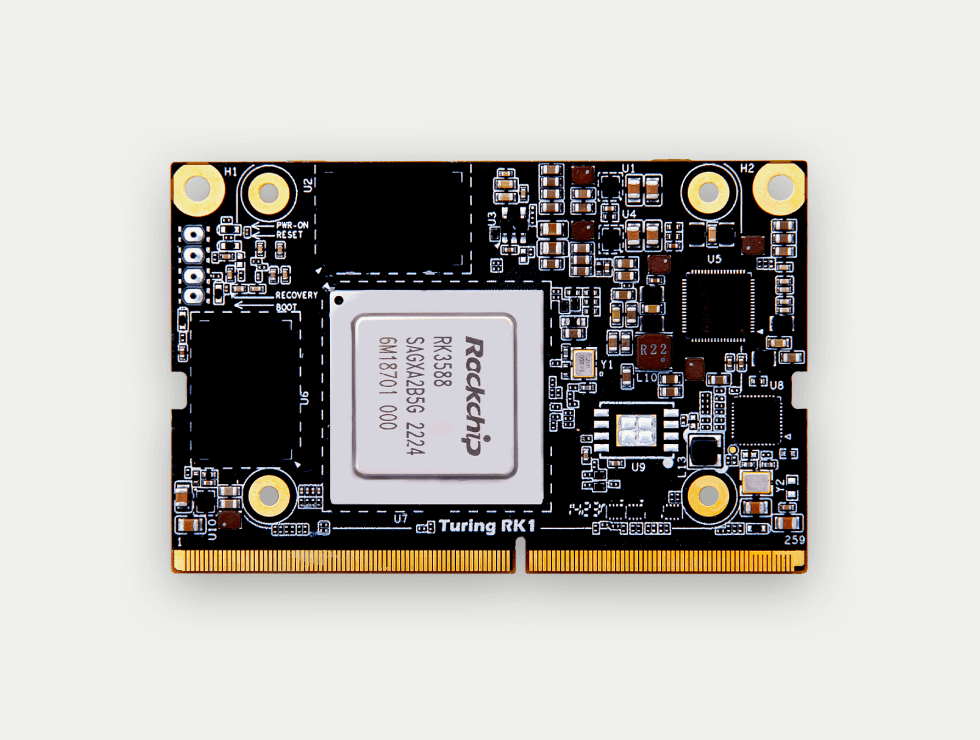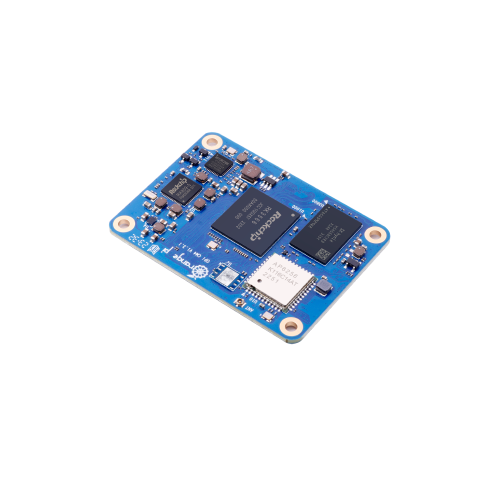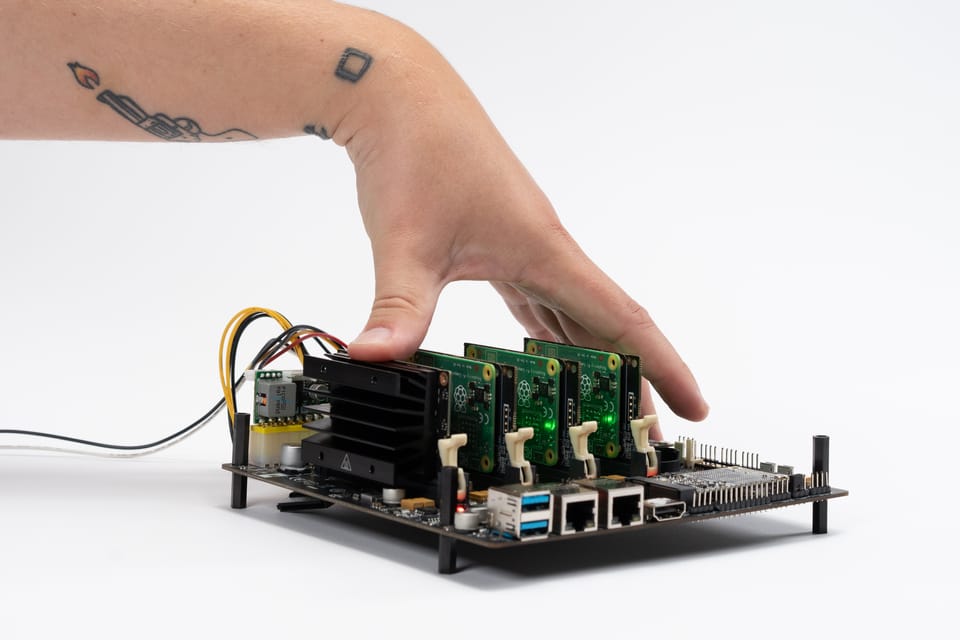Hosting WordPress on Kubernetes with Traefik and a Wildcard Certificate
After successfully setting up my wildcard certificate using cert-manager (as I covered in my previous guide), I decided to take the next step — deploying my personal WordPress site, thedougie.com, on my Kubernetes cluster. By switching to Cloudflared and Traefik (see my recent post), I’ve eliminated the need for firewall holes to expose services directly, … Read more







